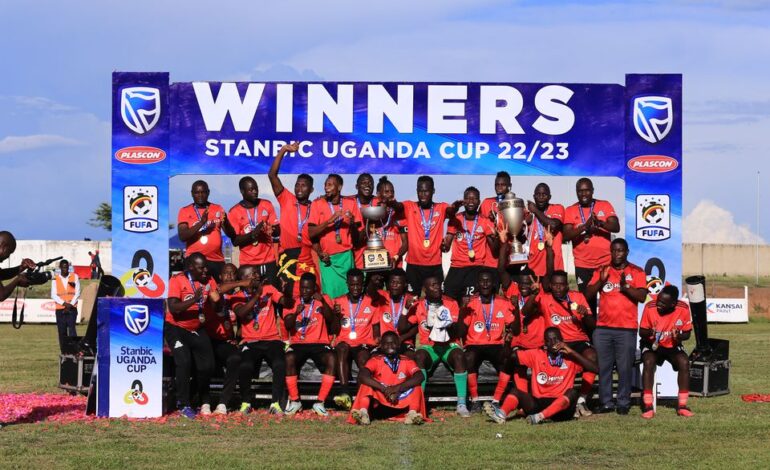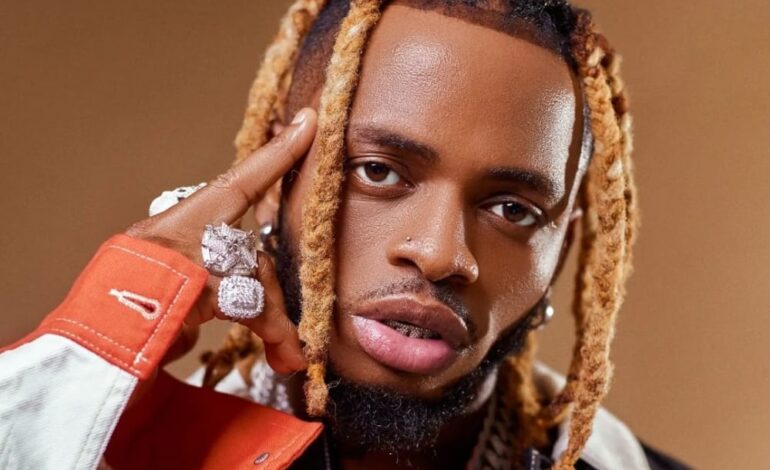According to the survey BFE Media carried out, it shows that 25 out of 100 songs on Uganda`s Top 20 Radio stations are rap songs. 25 might seem like a small number, and perhaps objectively, it is. But I invite you to consider how many genres of music exist in Uganda today, and you’ll soon come to the realization that 25 is not a small number. To put it in another way, listen to 3 songs from any Ugandan radio Top 20 chart at random, and one of them will be a rap song. To consistently have a similar number of songs from one genre topping charts week in week out is a sign of nothing less than that genre’s dominance. That is not to say that I am minimizing the immensely diverse genre of rap to one narrow type of song, but all the tracks that are present on the chart have that distinct hi-hat, 808 drum, and snare interplay that some of us have come to absolutely adore — and others have come to absolutely…not adore. So, how exactly has rap found itself so undeniably at the forefront of Uganda`s music industry?
Before getting into it, it is essential to define exactly what rap is, or more specifically what rap is going to refer to in this article. Rap, and more generally, hip-hop music, by my and others’ definition is any form of music that primarily consists of rapid and rhyming lyrics sung over a recurring beat. Incredible variety exists within that framework, but rap songs all essentially share these key characteristics that make them, well, rap songs. It is that instantaneously recognizable rap-kind-of-beat that gets people either bobbing their heads or aggressively reaching over to switch to the next song.
It takes few statistics to convince someone that rap has, in all but name, taken over the music world.
A rap beat is indistinguishable from the get-go. Combine a punchy 808 kick drum — which is a kick drum sound followed by a low bass note — a snare, and most importantly, a hi-hat pattern, and you will get a rap beat that sounds like 99% of the chart-topping rap tracks nowadays The word sounds is important, as these three ingredients are definitely not all you need to make a hit song. Top rap producers put more time, effort, and creativity into their music than just throwing together three basic percussive elements, but if one wanted to achieve the bare rap minimum, it would be through those three percussive elements.
Let’s further deconstruct a typical modern rap beat just to please any music buffs reading this article (if you have no interest in music mumbo jumbo and jargon, skip to the next paragraph). Assuming we’re building a beat in 4/4 (common time), a standard beat would have a kick on the 1, “and” of 2, and “and” of 3, snare on the 2 and 4, and a hi-hat pattern (with or without those tasty hi-hat chops) on every eighth note. Play that in your head over half the chart-topping tracks (“Mood” by 24kGoldn, “Roxanne” by Arizona Zervas, and “Old Town Road” by Lil Nas X), and you’ll hear a perfect fit.
To discuss rap’s unrivaled dominance in Uganda today requires some light to be shed on the rich history of this genre. As with the vast majority of mainstream genres nowadays, some claim that rap finds its earliest roots in the music behemoth that is blues. As early as the 1920s, African Americans were “rapping” certain parts of blues songs. The foundations of rap were set by a blend of old West African storytelling music, jazz, classical music, and even musical theatre. Rap as a separate genre was finally born in the 1970s in New York, when DJs would create a repetitive beat to deliver simple raps over, as a means to keep the crowd excited at parties. The 1980s saw rap enjoy its “Golden Era,” with the genre taking the form we know today. It spread from New York westwards, giving rise to what came to be known as West Coast rappers who predominantly rapped about their marginalized economic and social status. At the time, rap, and more generally, hip-hop was dominated by Black American artists.
Long before the proper emergence of the Black Lives Matter in the 21st century, discussions about the oppression facing the majority of Black communities were considered taboo. Rap provided an outlet for the frustration that much of the Black youth in America were dealing with. As Detroit rapper and activist Royce da 5’9’’ put it, “[Rap] was the voice that America couldn’t control…it was that voice of the streets that they didn’t know what the next line is gonna be and that scared them.” Rapper Day Sulan elaborated that thought by saying that “hip-hop is Black people, it’s something we started, something we originated”. Rap and race have been intertwined since the very beginnings of the genre, and it is very easy to see this synergy in the music itself, as I will discuss shortly. Decades later, as rap entered the new millennium, it was largely shaped by the rise of streaming platforms, in addition to the increased accessibility of tools of music production. Today, rap has spread internationally and has fractured into a plethora of subgenres that each have their own unique features.
We still haven’t answered the core question, though. Why is rap…everywhere? And why does almost everyone listen to it? An answer to this question could come from a comparison of rap to other genres that have enjoyed dominance in a period of time. Take metal and rock, for example, which enjoyed their glory days in the 1960s and 1970s. One glaring similarity the genres have with rap are the defining lyrical and musical themes that most often revolve around rebellion. Let your mind wander to Jack Black in “The School of Rock.” Most of his monologues centered around what he referred to as “sticking it to the man,” or in other words, proving one’s point and going against the grain (the grain here being authority). Rap, metal, rock, and even blues to a certain extent, generally have one thing in common, and it is that most of their lyrical themes are rebellious and consist of a direct attack against authority.
A look at one of the most influential rap records of the late 20th century, NWA’s “Fuck Tha Police”, shows us these themes with much clarity. “Fuck the police comin’ straight from the underground/ A young n**** got it bad ’cause I’m brown/ And not the other color so police think/ They have the authority to kill a minority.” This expression of dissent against the disenfranchisement and widespread police brutality that most Black communities were then facing (and still face today) was quintessential to the rapid spread of rap. Black people resonated with this sense of rebellion, and felt it gave them a voice to “stick it to the man”. Eventually it was not only Black people that began to resonate with the atmosphere of rebellion that surrounded rap and hip-hop. People began to apply the defiant lyrics to different aspects of life, race-related or not. Even musically, these genres are as “rebellious” as can be: rock and metal with their brash guitars and drums, blues (more specifically ragtime) with its “blasphemous” combinations of classical and West African music, and finally rap with its new and repetitive droning sound. All these sounds represent major shifts from the trend at the time, and thus rebellion.
There is another aspect of rap that has contributed to its rapid global spread, and that is the lifestyle that is discussed in most of the tracks that are popular today. Sex, money, and drugs are all extremely common themes in rap music today, and they are also extremely attractive themes. These themes describe what young listeners would view as a modified American dream. Rising from the streets to the thrones of hip-hop royalty is something that I would imagine more than a few rap fans would catch themselves daydreaming about. I would tread lightly on using the word escapism, as few of us would legitimately imagine ourselves upholding such a lifestyle, even if only as a fantasy. Regardless, however, the rap music of today does provide some sort of an escape for its listeners. This is why, in my opinion, many people listen to rap music while working out, for example; it’s motivational. It is true that the appeal of the themes discussed in modern rap is far from universal, but it is universal enough to catapult rap into the mainstream. Sex and money have been driving life forward for much of history, and they are sure not to lose their appeal anytime soon. In short, rap makes the listener feel like they’re part of that exaggerated fantasy world that modern rappers construct in their tracks. Combine these lyrical themes with the general rebellious atmosphere surrounding the entire genre, and you get a perfect combination for a genre that has reached world domination at a blistering pace.
If you are a fan of rap, rest assured, it is not going away anytime soon. Rap is at its zenith, with rap fans not only stopping at the music, but going further and subscribing to an entire culture that has come to define the genre. However, if you are not a fan of rap, and if you are indeed one of those people that instantaneously reach to switch to the next song when you hear a triplet of hi-hats, I invite you to wait. No, don’t wait for the genre to fall out of favor, but wait through the song. Rap was born from artists who wanted a platform to voice their pain during their struggles, and that is apparent in the music. So, listen to that track, and notice how you’ll feel, along with the artist, larger than life, even if it’s just for 3 minutes and 30 seconds.


